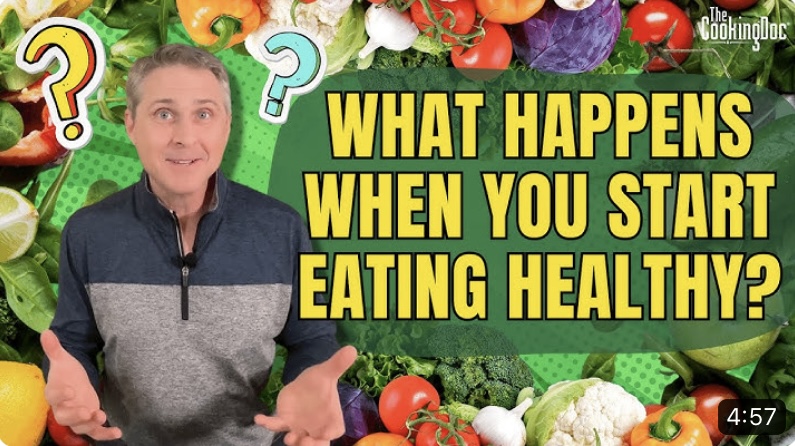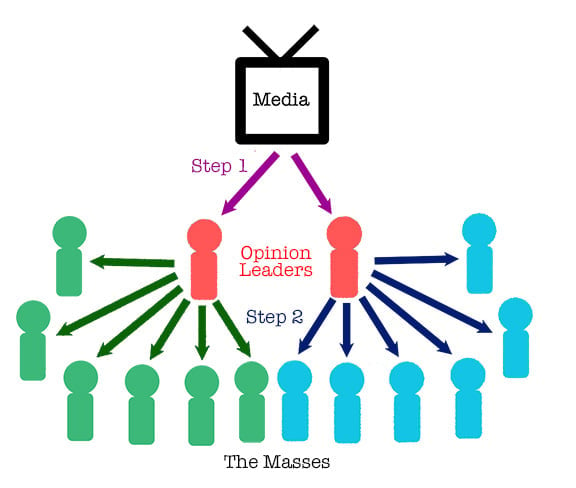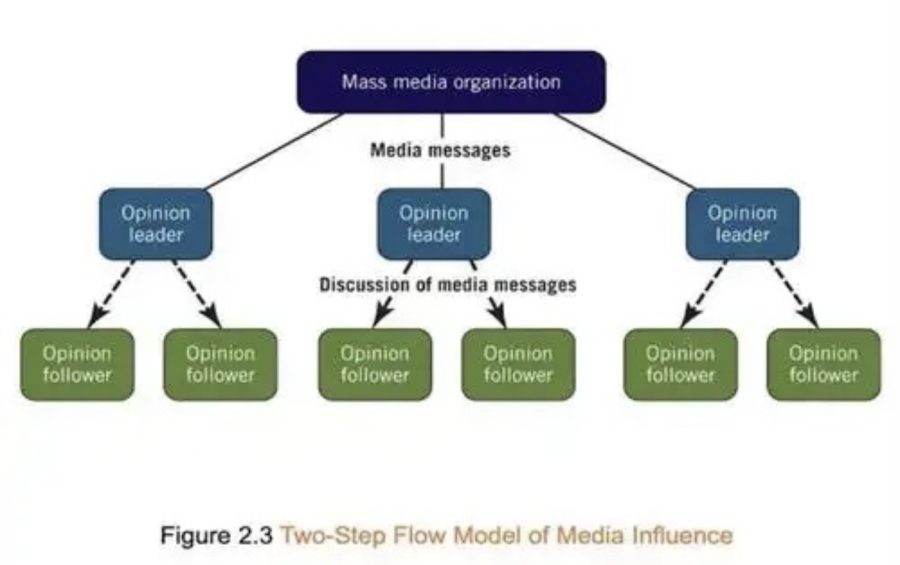Introduction
In today’s rapidly developing information age, there used to be a two-step flow theory proposed by American sociologists Paul Lazarsfeld, Bernard Berelson, and Herbert H. Hyman in the 1940s. This theory explains the process of information dissemination in society. Regarding the two-step flow theory, there is an example about the dissemination of health information that can well illustrate the characteristics of two-step communication. We will use this example to explain this theory and provide some reflection and criticism on it.
Case analysis

There is a plethora of healthy eating habits on social media platforms, such as stomach nourishing foods, slimming foods, or low oil and low salt healthy eating habits. So who is advocating these practices and what is the purpose of these eating methods.
In the two-step dissemination process, the first step is for information to flow from the media to opinion leaders. Nowadays, the national and municipal governments attach great importance to people’s physical health. They will spread information about healthy eating on social media through publishing articles, including recommended dietary structures, recipes, and healthy lifestyles, to make people pay attention to their health. Then, in this process, authoritative opinion leaders receive information, such as fitness coaches and nutrition experts, who obtain information through these media channels. The so-called opinion leaders are those who have influence in specific fields or communities, and they are more frequently exposed to and use mass media than the general public. So there is no doubt that health experts and fitness coaches can serve as opinion leaders to spread health knowledge.

The second step of the two-step dissemination process is the flow of information from opinion leaders to the public. Health experts will participate in programs or share their opinions and suggestions on healthy eating plans on social media, providing scientific basis for dietary plans and introducing specific recipes to achieve the goal of spreading healthy diets. So the public will receive information by watching programs or browsing social media platforms.
Reflection
But through this example, combined with the two-step communication process, firstly, I believe it ignores the direct influence of mass media and overemphasizes the role of opinion leaders. In fact, even without nutritionists or fitness coaches, the general public can still recognize the importance of healthy eating through news and media reports. In fact, the influence of mass media does not always need to be achieved through opinion leaders. For example, I can directly access health information reported by authoritative media instead of waiting for nutrition experts to tell me. So in fact, social media makes information more accessible and reduces the information gap between people and opinion leaders. Secondly, I believe that the two-step communication theory ignores the various factors that can affect the communication process, such as social networks, cultural backgrounds, personal experiences, etc. In fact, information dissemination may involve multiple steps and channels, including direct dissemination, multi-step dissemination, and multi-level dissemination.

Conclusion
In short, although the two-step communication theory holds an important position in communication studies, it also faces many criticisms and reflections. Modern communication research needs to combine factors such as multi-level communication, social networks, cultural differences, and technological changes to construct more complex and comprehensive communication models.
Reference:
Lazarsfeld, P. F., Berelson, B., & Gaudet, H. (1944). The people’s choice: How the voter makes up his mind in a presidential campaign. Columbia University Press.
Wikipedia. (2023). Two-step flow of communication. Retrieved from https://en.m.wikipedia.org/wiki/Two-step_flow_of_communication
World Health Organization. (n.d.). Healthy diet. Retrieved from https://www.who.int/news-room/fact-sheets/detail/healthy-diet


I agree with your observation that modern social media platforms have democratized access to information. Unlike in the past, when opinion leaders held a more exclusive gatekeeping role, todayÔÇÖs digital landscape allows individuals to seek out information directly from credible sources, reducing reliance on intermediaries. This shift can empower individuals to take charge of their health decisions based on a broader range of information.
Hi Zhaoning, this is an interesting way to look at the two step theory. A critique of the theory while looking at the possible areas that may be overlooked is a healthy way to understand some of the media theories. The rapid changes in technology as you have put it, has indeed brought some important changes in the media landscape that did not exist back when the scholars formulated this theory. I now view this theory from an new perspective and believe that there may be a need for more research in this area to determine if the current changes in the media landscape can imply that the role of opinion shapers is also evolving. However, I believe that the influential opinion shapers such as celebrities still remain a force to reckon and we can also view them as useful entities that can maintain the present power dynamics which is promoted by the media.